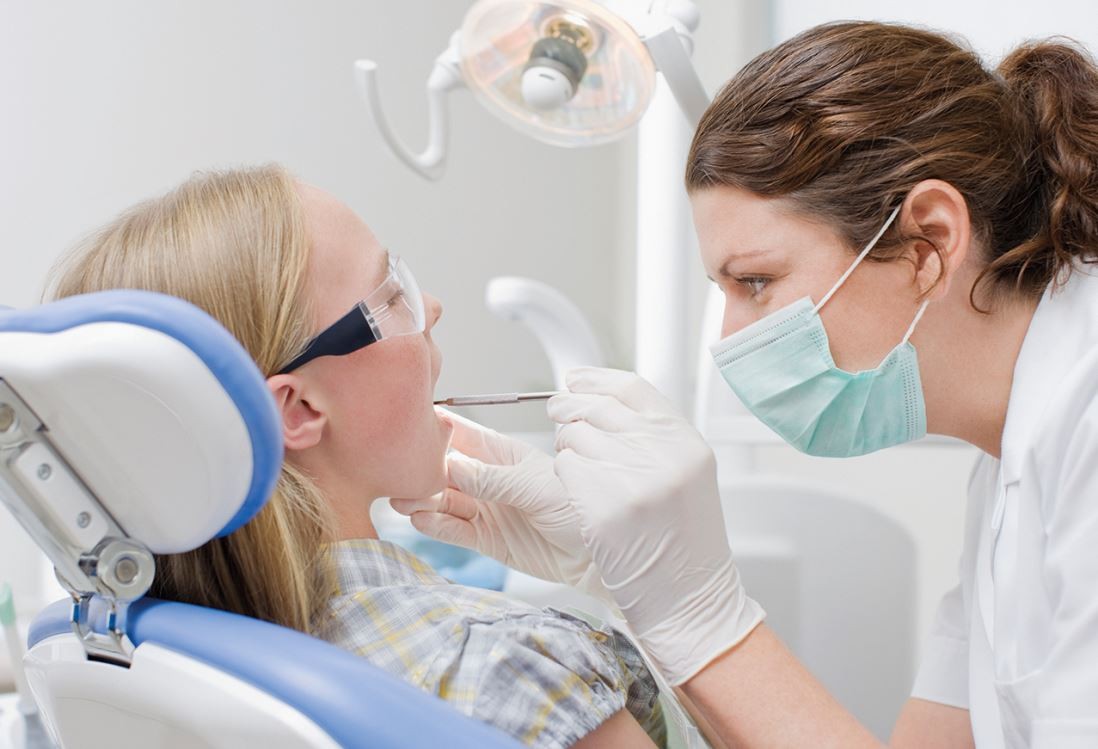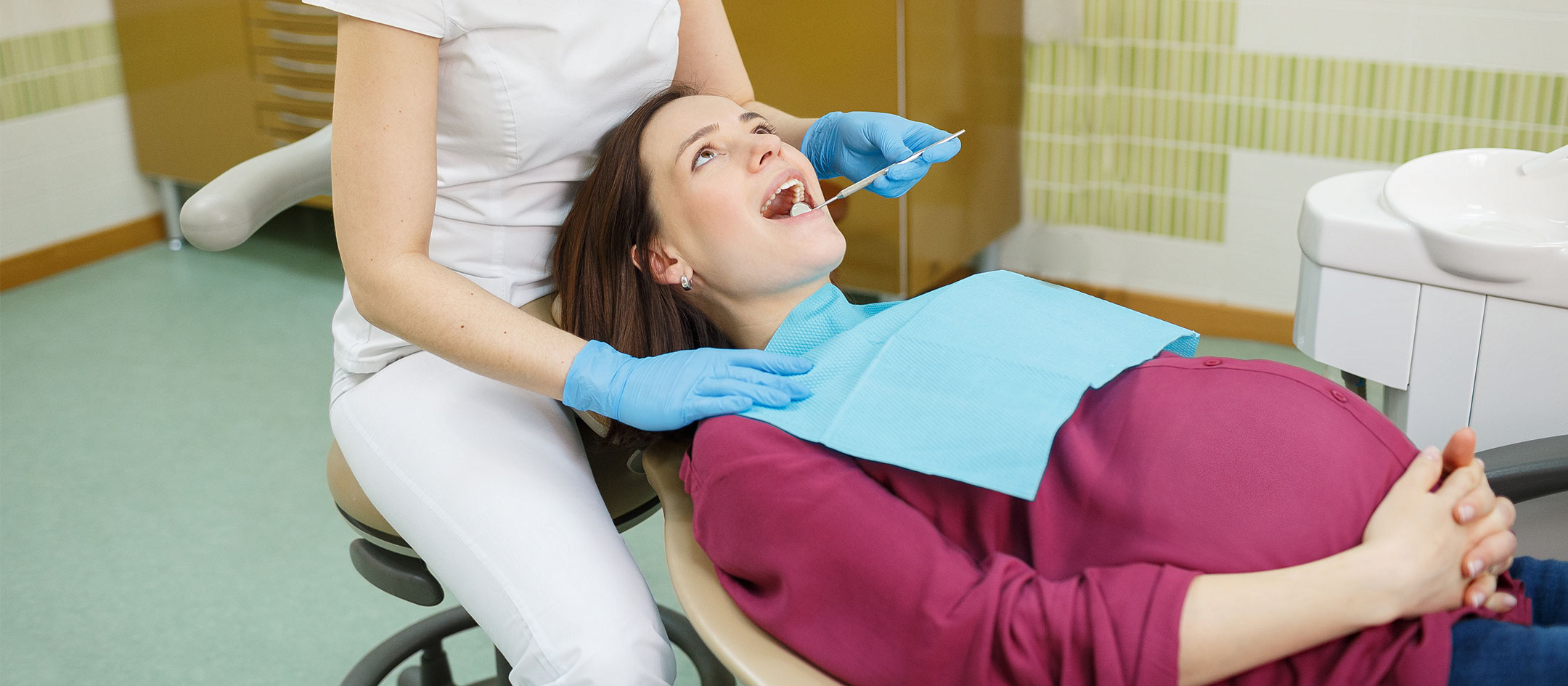In the vast expanse of the Australian outback, where the crimson soil stretches endlessly and the horizon meets the sky in a seamless blend of red and blue, access to healthcare is a challenge. Among the myriad of difficulties faced by the remote communities scattered across this rugged terrain, one issue stands out starkly: dental care. In a land where distances are vast and infrastructure sparse, the idea of flying dentists might seem like a whimsical notion straight out of a children’s storybook. However, in reality, it’s a pragmatic solution to a pressing problem.
Access to a dentist is hard in the remote Australian outback. Picture this: you live in a small town nestled amidst the vastness of the Outback, miles away from the nearest city. Your toothache has been bothering you for days, but the closest dentist is a daunting journey away. This scenario is not uncommon for residents of remote towns like Mackay, where the harsh terrain and long distances make accessing essential services a formidable task.
Despite the challenges, remote towns like Mackay still have many dentists. These dedicated professionals choose to serve in these isolated communities, recognizing the critical need for their expertise. However, even with dentists present, accessibility remains a significant issue. The sparse population spread over vast distances means that many residents still struggle to reach dental clinics, especially in emergencies.
This is where the concept of flying dentists comes into play. Imagine a small aircraft soaring over the Outback, carrying a team of skilled dental professionals equipped with everything they need to provide essential dental care. This innovative approach allows dentists to reach remote communities quickly and efficiently, overcoming the barriers posed by distance and rugged terrain.
But why stop at dentists? In remote areas, access to all forms of healthcare can be limited. Flying doctors have long been a lifeline for these communities, providing medical care where it’s needed most. Now, the same principle is being applied to dental care, ensuring that residents of the Outback have access to comprehensive healthcare services.
However, it’s not just a matter of hopping into a plane and flying off to deliver dental care. Four wheel driving doesn’t suit the profession, the harsh conditions of the Outback demand specialized equipment and vehicles capable of navigating the rugged terrain. Dental teams must be equipped with mobile clinics that can be set up quickly upon arrival, providing a fully functional dental facility wherever it’s needed.
Moreover, flying dentists require a unique set of skills and adaptability. They must be prepared to work in diverse environments, from makeshift clinics in remote communities to traditional dental practices in bustling cities. The ability to quickly assess and address dental emergencies is paramount, as is the capacity to provide preventative care and education to promote oral health in these underserved regions.
Despite the challenges, the impact of flying dentists on remote communities is undeniable. By bringing essential dental care directly to those who need it most, these flying professionals are transforming lives and improving oral health outcomes in the Outback. From routine check-ups to complex procedures, they are ensuring that residents have access to the same standard of care as their urban counterparts.
In addition to providing direct care, flying dentists play a crucial role in community outreach and education. They work closely with local healthcare providers and community organizations to raise awareness about the importance of oral health and promote preventive measures such as regular brushing and flossing. By empowering residents to take control of their oral health, these initiatives have the potential to create lasting change in remote communities.
In conclusion, while the idea of flying dentists may seem fanciful at first glance, it is a practical solution to the very real problem of limited access to dental care in the remote Australian outback. By harnessing the power of aviation and innovation, dental professionals are bridging the gap between isolated communities and essential healthcare services. As long as there are people in need, these flying doctors will continue to soar, ensuring that when it comes to healthcare, pigs might not fly, but doctors most certainly do.





